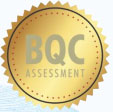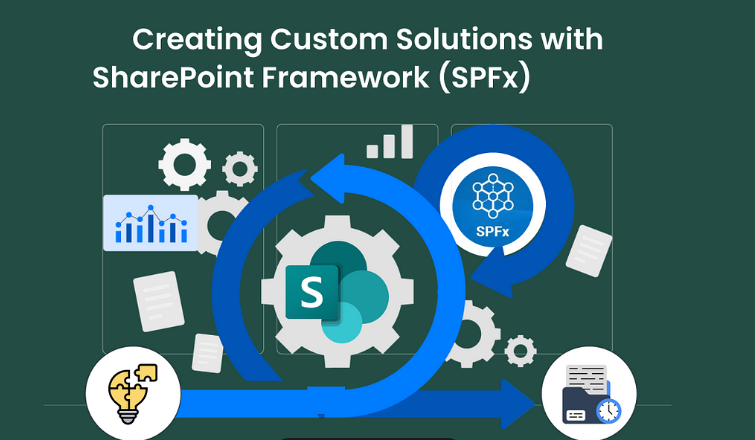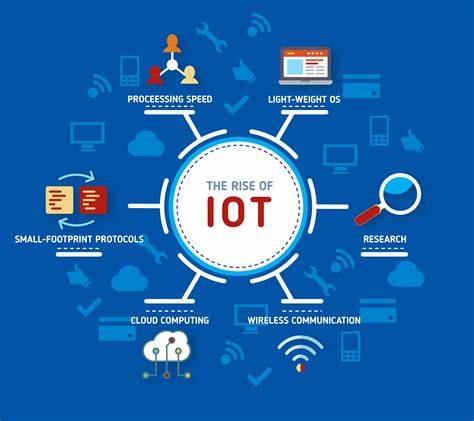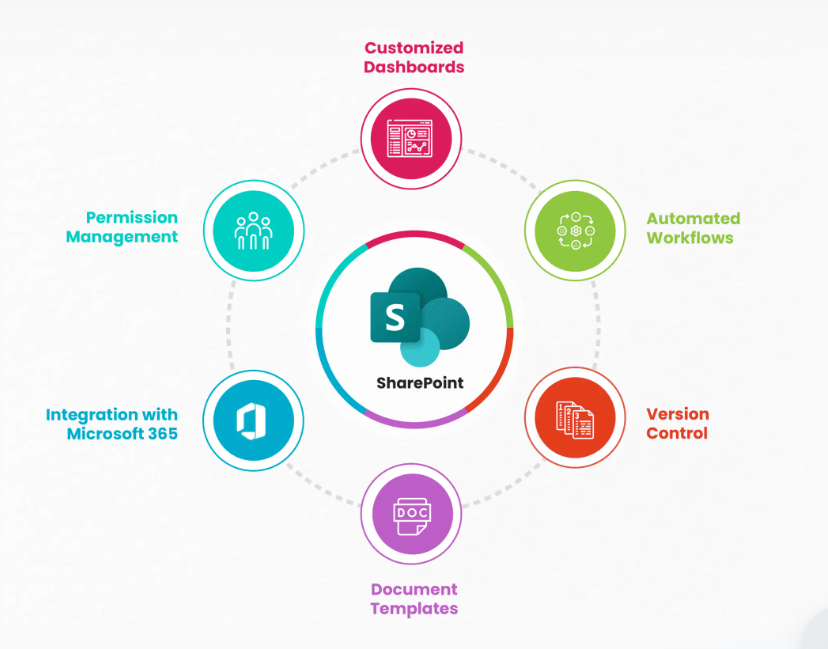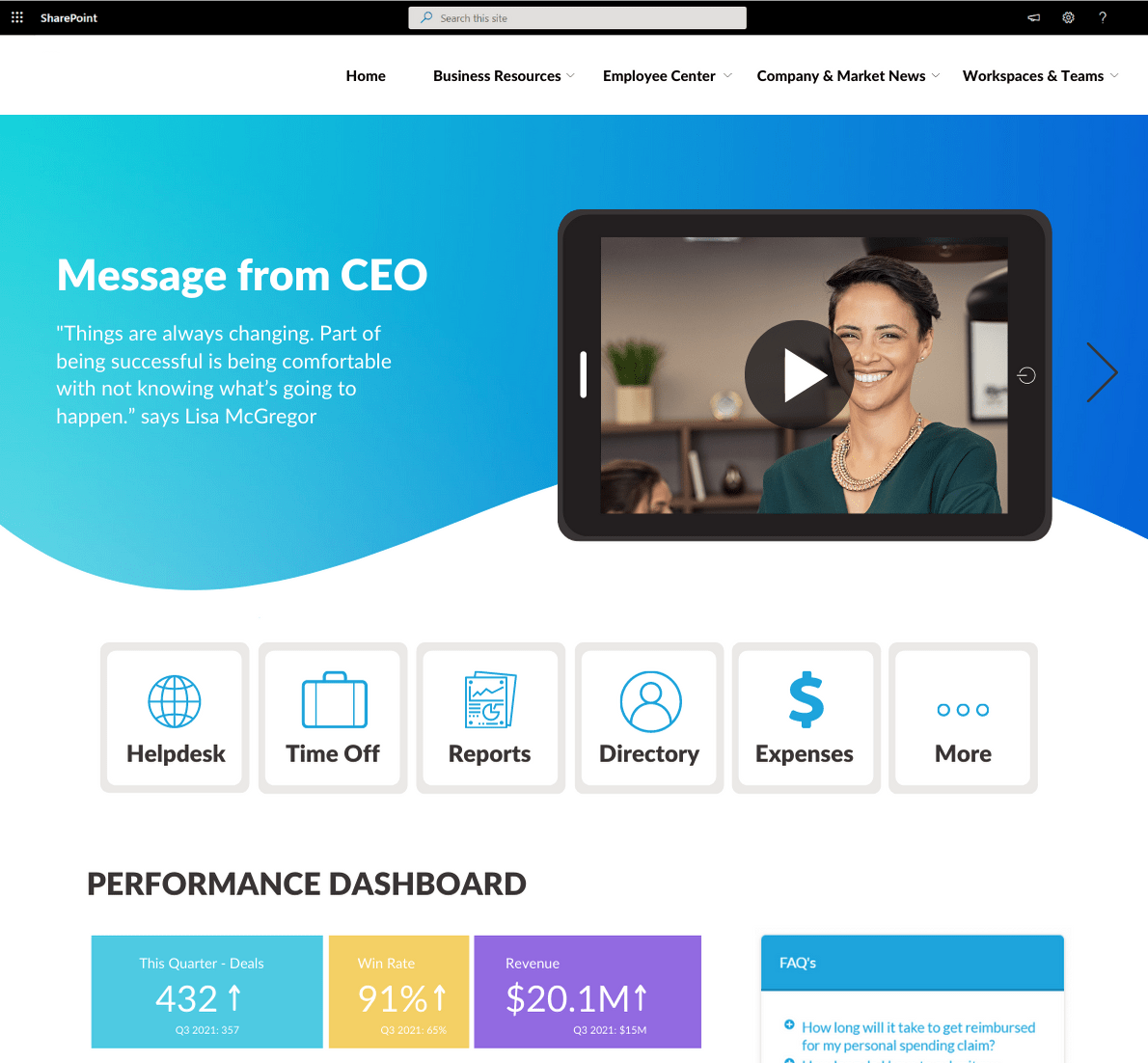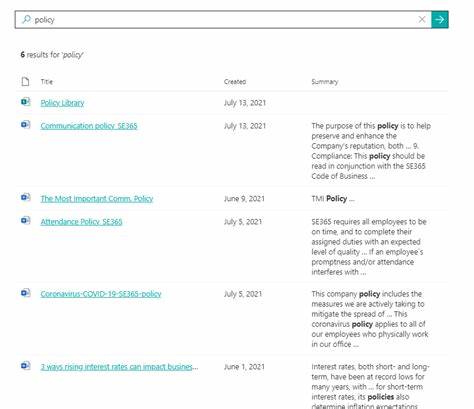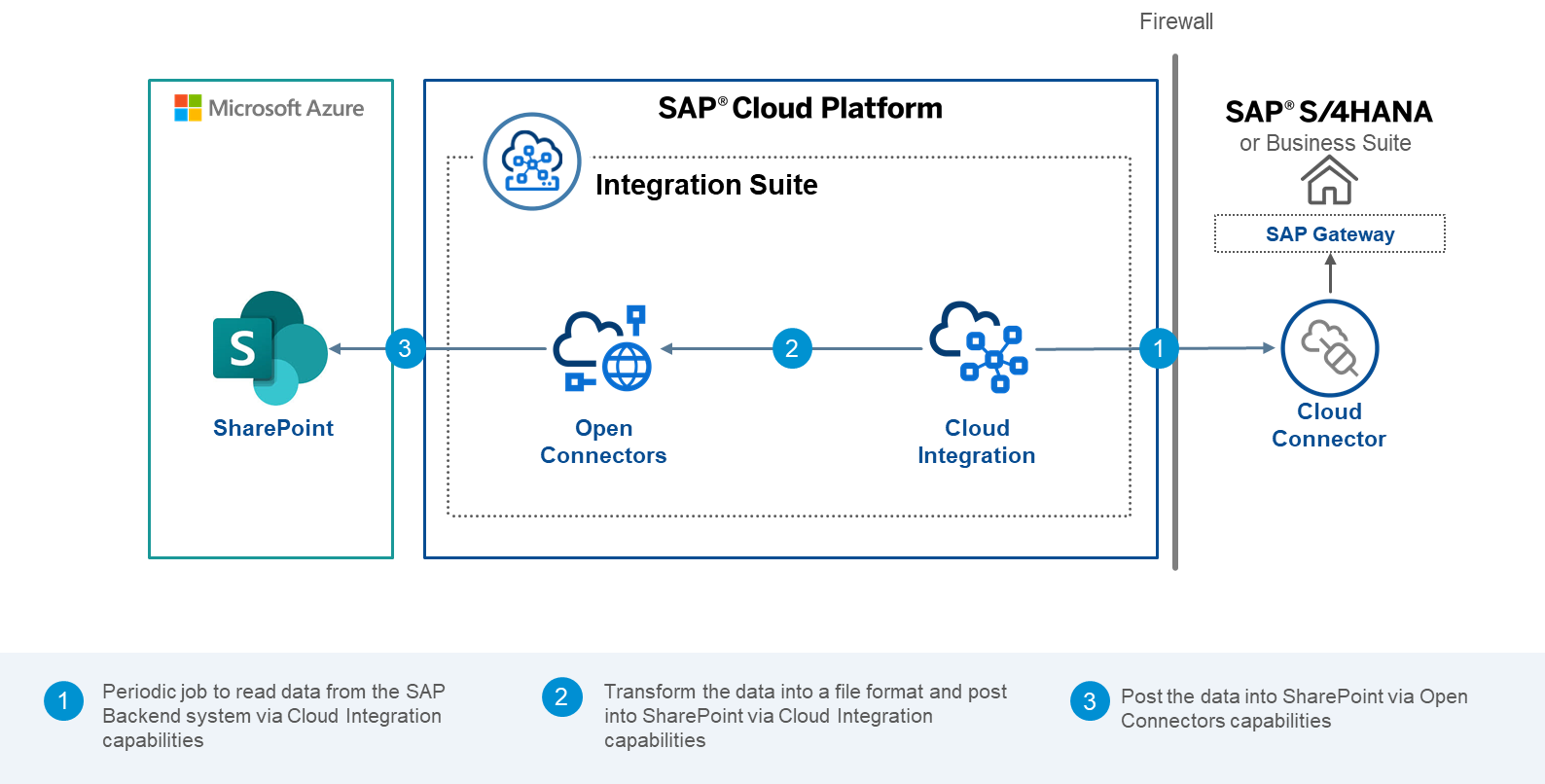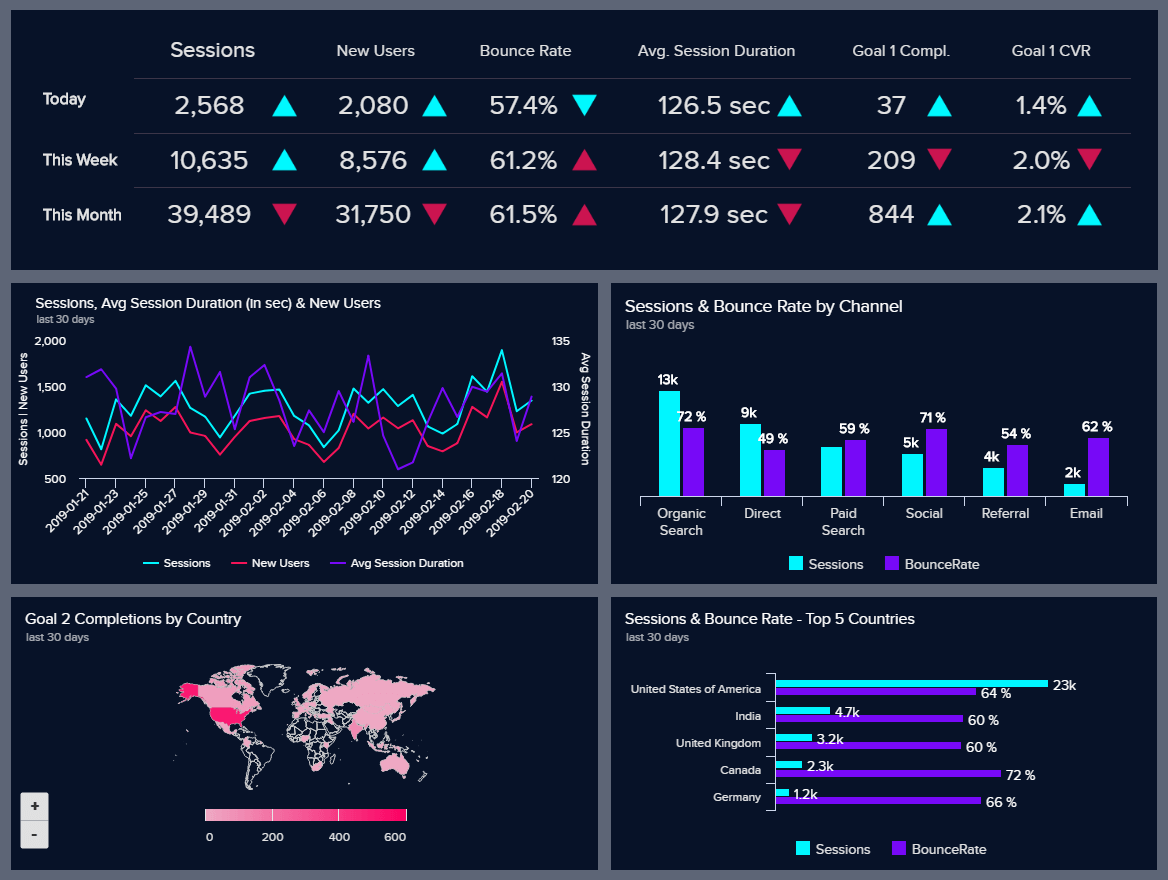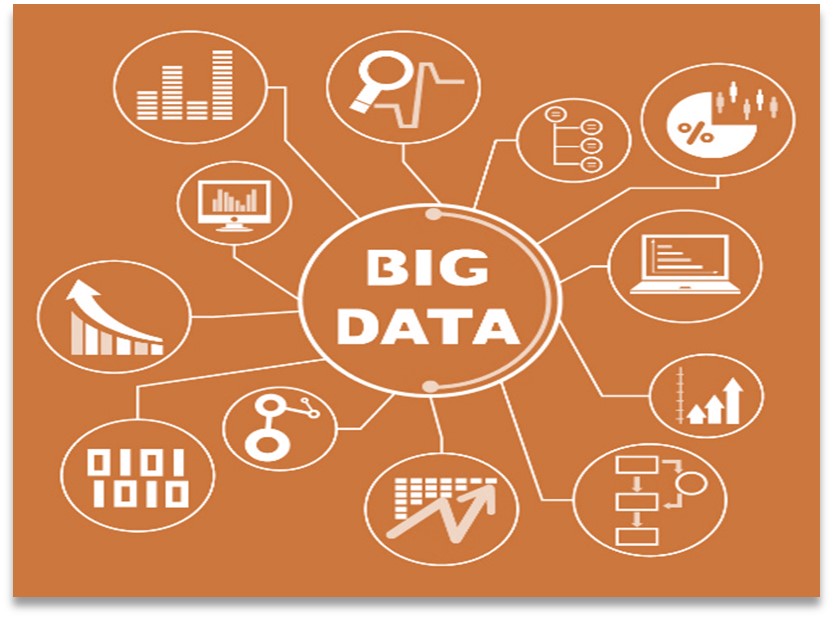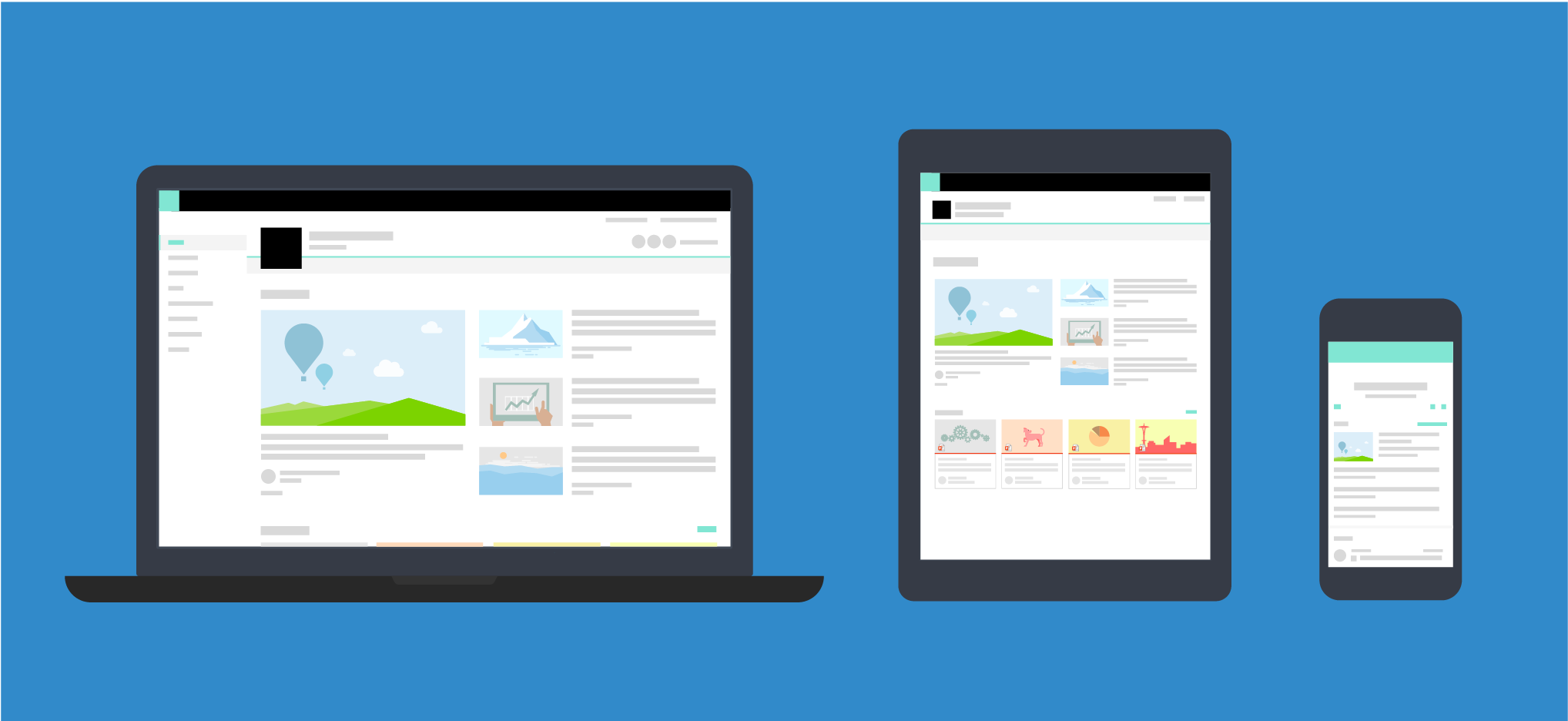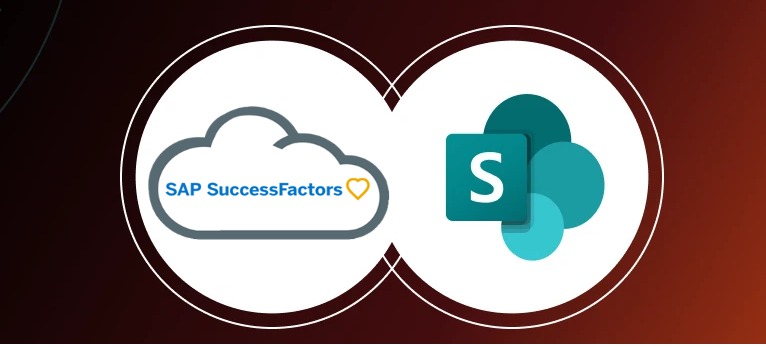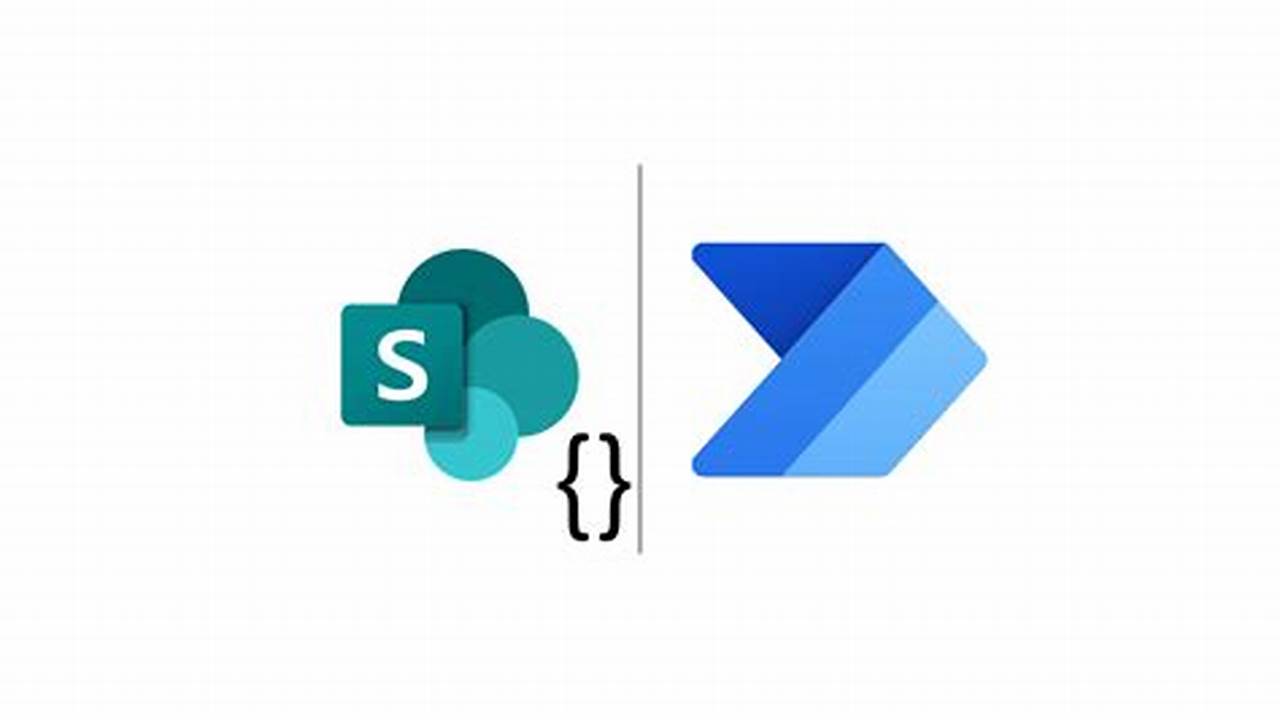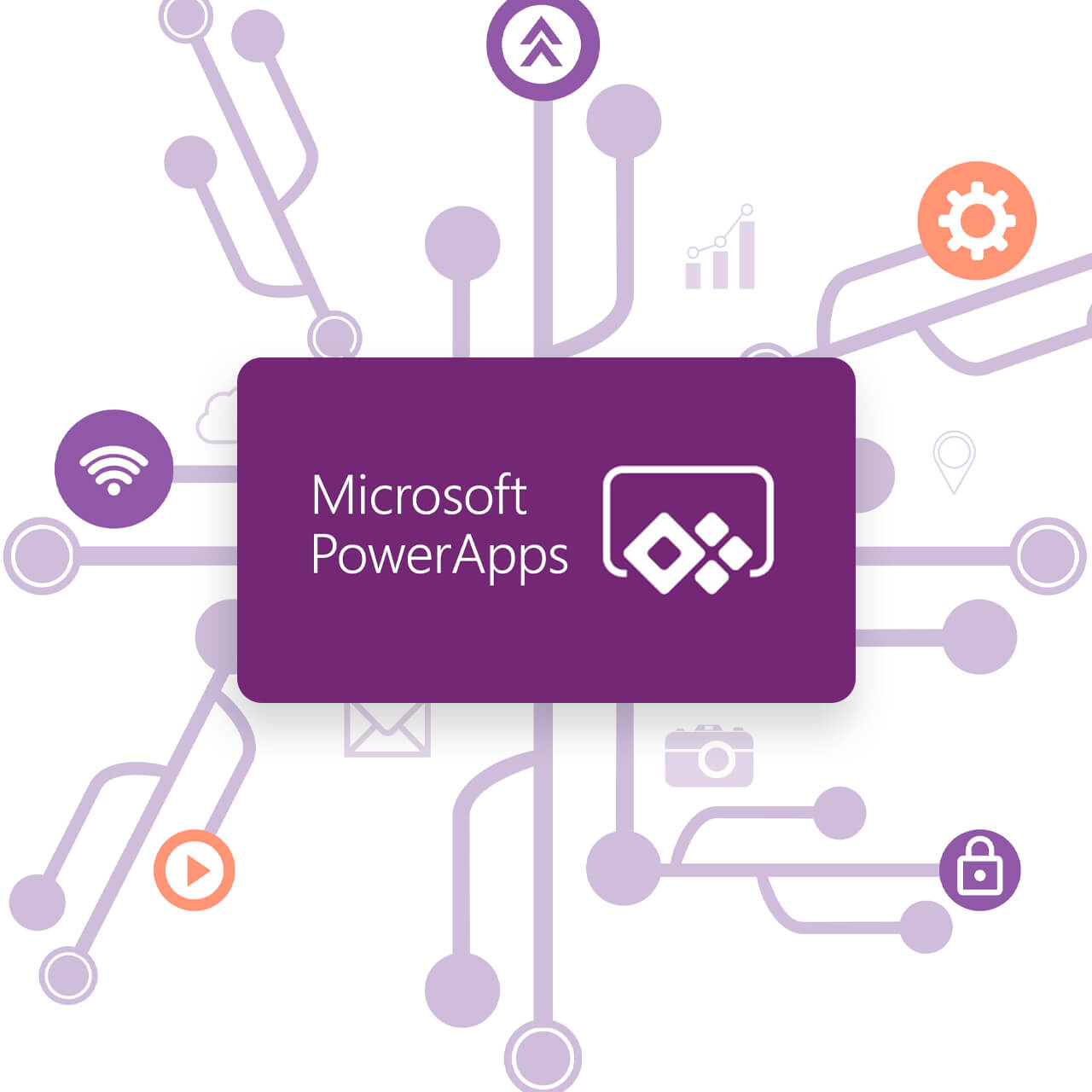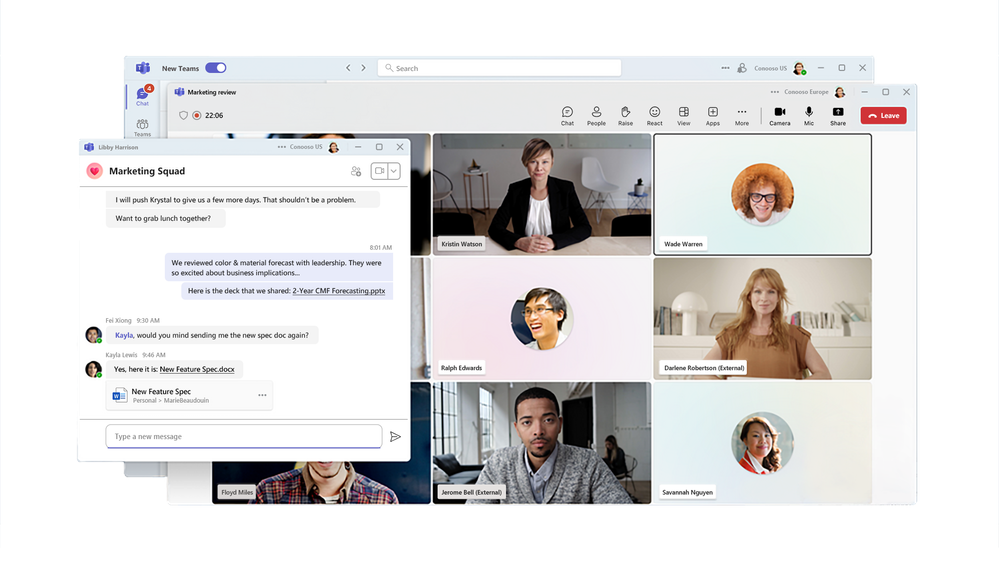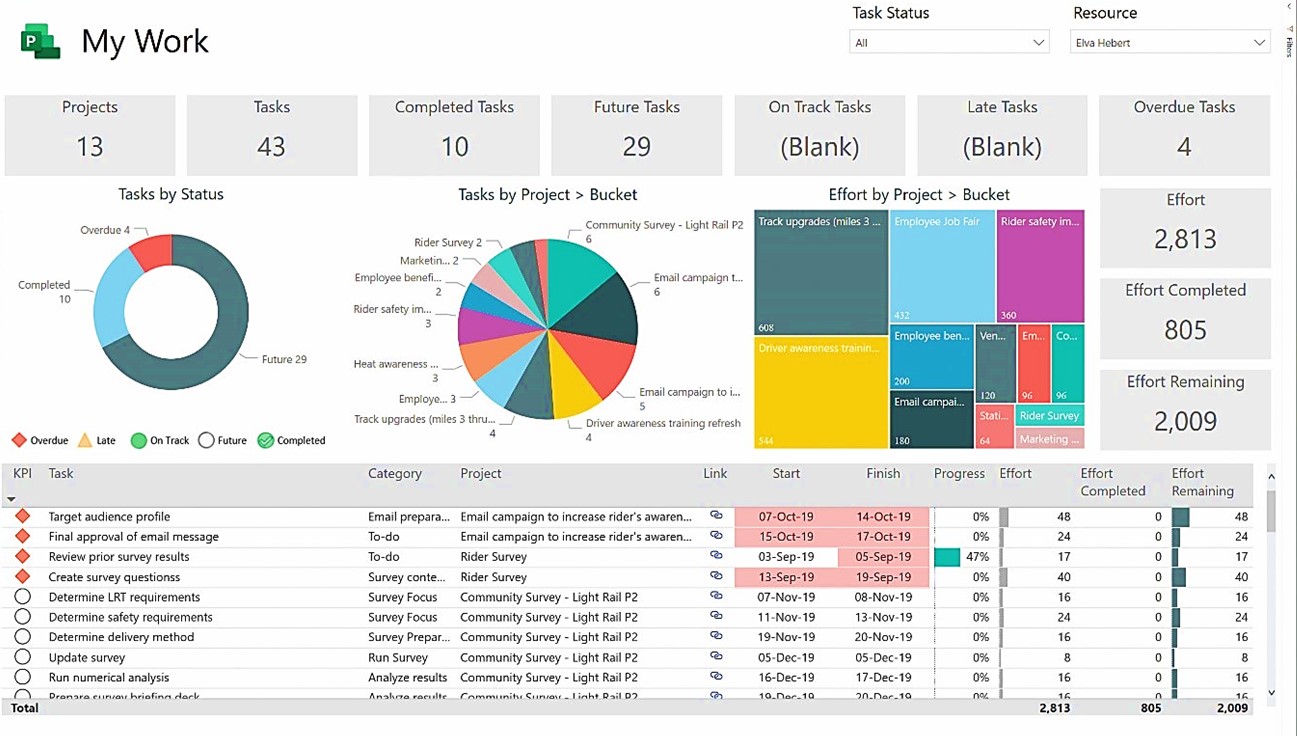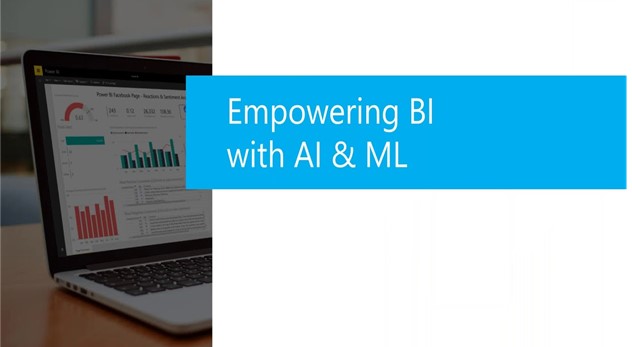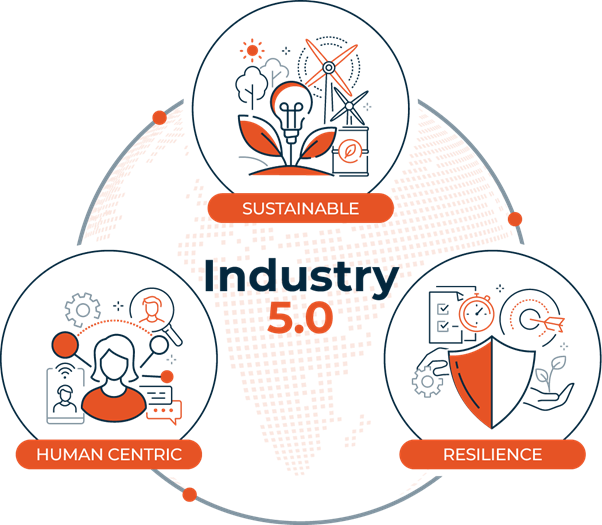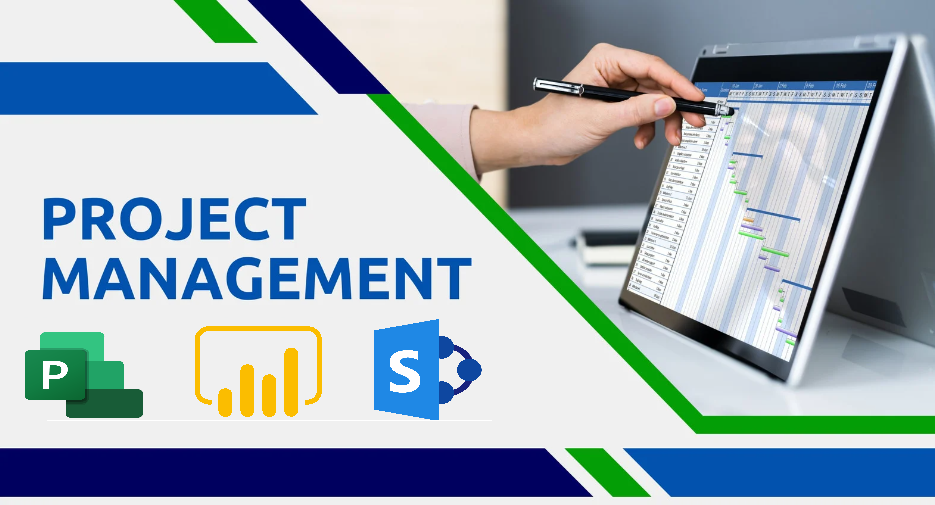
In today's fast-paced business environment, managing projects efficiently is crucial for the success of any organization. As projects grow in complexity and scale, organizations are challenged to maintain visibility, coordination, and accountability. Credent Infotech is at the forefront of addressing these challenges by integrating Microsoft Project, Power BI, and SharePoint—a powerful combination that revolutionizes project management.
Why Integrate MS Project, Power BI, and SharePoint?
Managing projects using just one tool can limit collaboration and real-time decision-making. By integrating MS Project with Power BI and SharePoint, organizations can create a comprehensive platform that offers:
- Seamless collaboration and document management through SharePoint
- Advanced project scheduling and task management in MS Project
- Data-driven insights and custom reporting via Power BI dashboards
This synergy creates a unified project management experience, ensuring that teams, stakeholders, and decision-makers are aligned at every stage.
1. MS Project: The Backbone of Project Planning
At the heart of project management is Microsoft Project, a robust tool designed for managing project timelines, resources, and tasks. With features like Gantt charts, resource allocation, and task dependencies, MS Project ensures that project managers have full control over every detail of a project.
- Resource Management: Assign resources efficiently to ensure teams are neither overburdened nor underutilized.
- Task Scheduling: Ensure project milestones and tasks are met with detailed planning and tracking.
- Baseline Tracking: Track project performance against the original baseline to identify risks and deviations early.
However, while MS Project is excellent for planning and scheduling, it lacks collaboration and real-time reporting capabilities. This is where SharePoint and Power BI step in.
2. SharePoint: A Collaborative Hub for Teams
SharePoint acts as the central hub for collaboration, file management, and communication. As part of the Microsoft ecosystem, it integrates seamlessly with MS Project, allowing teams to share documents, track version histories, and collaborate in real-time. Key benefits include:
- Document Storage and Sharing: Teams can store project-related documents, ensuring version control and accessibility to everyone involved.
- Task Lists and Project Sites: Create dedicated project sites with task lists, calendars, and resources to keep everyone on the same page.
- Role-Based Access: Ensure the right people have access to the right documents and information, improving security and reducing clutter.
With SharePoint, project teams can collaborate on tasks and documents, while project managers can focus on coordinating efforts and ensuring accountability.
3. Power BI: Turning Data into Actionable Insights
While MS Project helps manage project tasks and timelines, Power BI takes project data and turns it into insightful, interactive dashboards. By integrating Power BI with MS Project and SharePoint, organizations can:
- Real-Time Dashboards: Generate real-time reports on project status, resource utilization, budget performance, and timelines, enabling quick decision-making.
- Custom Reporting: Tailor reports to meet the needs of various stakeholders, from detailed task reports for team leads to high-level summaries for executives.
- Data-Driven Decisions: Power BI helps organizations move away from gut-feeling decisions and instead rely on data to assess risks, predict outcomes, and optimize resources.
For example, a project manager can use Power BI to generate a dashboard displaying project progress, upcoming tasks, resource allocation, and financial performance. Executives can view this dashboard at any time to understand how the project is progressing and make informed decisions.
4. The Combined Benefits: Efficiency, Visibility, and Control
When used together, MS Project, Power BI, and SharePoint create a powerful ecosystem for managing even the most complex projects. Here are some of the key benefits:
- Improved Project Visibility: Power BI dashboards provide a 360-degree view of project performance, allowing stakeholders to track progress in real-time.
- Enhanced Collaboration: SharePoint’s document-sharing and task management features ensure that team members can easily access the resources they need.
- Proactive Risk Management: MS Project’s scheduling features combined with Power BI’s data analytics enable project managers to identify and mitigate risks before they impact project outcomes.
- Streamlined Communication: SharePoint’s central platform for project-related communication ensures that everyone is aligned, reducing the risk of miscommunication and delays.
5. How Credent Infotech Helps You Implement the Solution
At Credent Infotech, we specialize in helping organizations unlock the full potential of their project management tools by integrating MS Project, Power BI, and SharePoint. Our approach includes:
- Tailored Solutions: We assess your organization’s needs and create custom configurations that fit your project management style.
- Seamless Integration: Our team ensures smooth integration between these tools, minimizing disruption and maximizing efficiency.
- Training and Support: We provide comprehensive training for teams, ensuring that everyone—from project managers to stakeholders—can leverage these tools effectively.
By adopting this integrated approach, your organization can enjoy improved project delivery, reduced costs, and more informed decision-making across all levels.
Conclusion
In today’s competitive environment, integrating MS Project, Power BI, and SharePoint can significantly enhance how projects are planned, executed, and monitored. Credent Infotech is committed to helping organizations leverage these tools to transform their project management processes, ensuring timely, efficient, and successful project delivery.
Ready to take your project management to the next level? Let Credent Infotech show you how MS Project, Power BI, and SharePoint can work together to drive your success.



